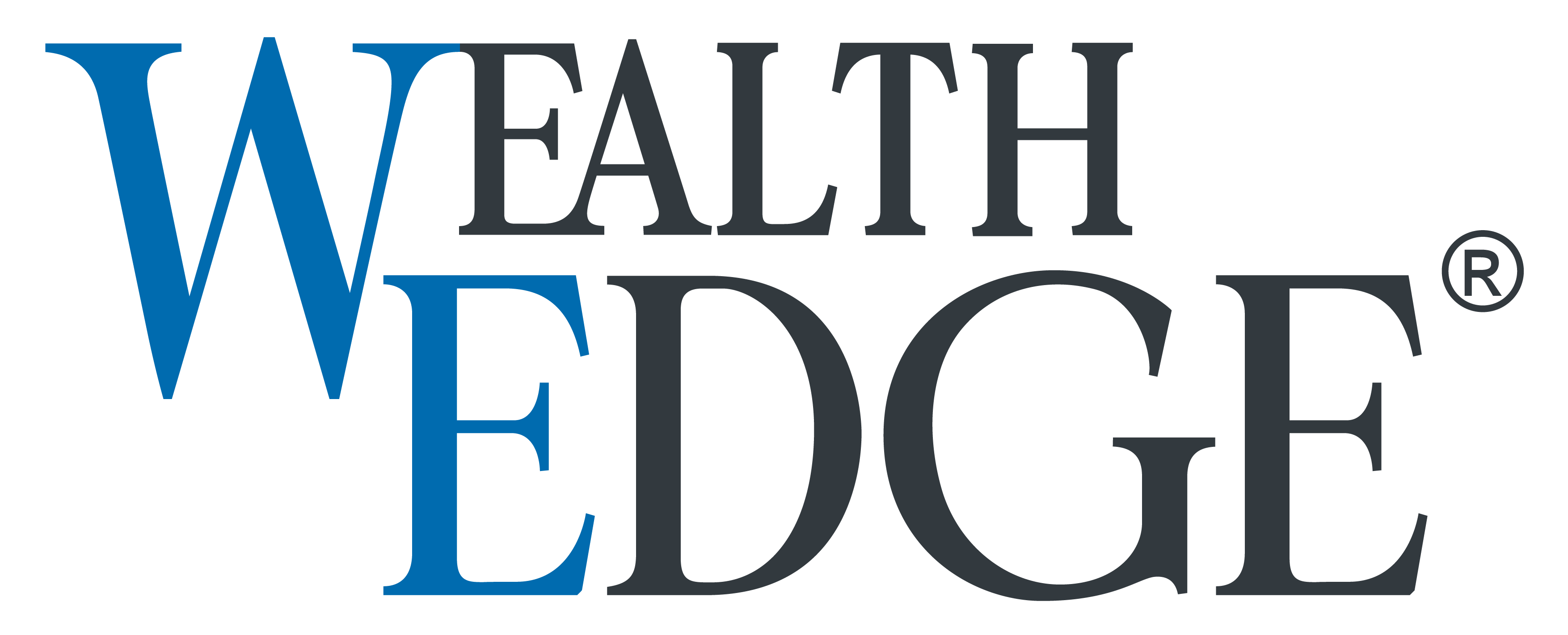Retirement Plans: What’s the Difference?
There are so many options when it comes to retirement plans and choosing the right one varies on many factors. But what are those options anyway? And what’s the difference between them? We will try to clarify by describing a few main categories – choosing depends on what is available, what your employer offers to you and which works best.
But one thing is absolutely certain, you should begin to save for retirement early in your career and take advantage of any employee benefits that your organization may provide – like employer-match contributions to a 401(k). When you invest in your retirement early, you have time on your side to help your investments grow.
Pension Plan: At one time, most people had a pension plan, but now it is more of the exception than the rule. A pension plan is mostly funded by the EMPLOYER and the contributions are managed and invested by the EMPLOYER as well. It is a “defined benefit” program where money is put aside and invested by the employer to be used to pay as a benefit to retired employees. IN OTHER WORDS, THE EMPLOYER DOES ALL THE WORK – CONTRIBUTES THE MONEY AND DECIDES WHERE TO INVEST IT. There are some rules for employees – they must be with the company for a specified number of years in order to be “vested” in the plan. If you leave before then, you will forfeit your benefits.
What happens when you retire: You will get a fixed payout (either as a lump sum or a monthly amount). The size of the payout isn’t decided by how well the plan does with its investments – it is defined by how many years you were an employee and how much you earned.
** Because the ENTIRE burden is on the employers, pension plans are not offered very often anymore.
Contribution Plans: These retirement plans are offered most often (401K, IRA, etc.). A contribution plan is mostly funded by the EMPLOYEE, usually tax-deferred, directly from your paycheck, and contributions are managed and invested by the EMPLOYEE as well. Some employers offer a “contribution-match” program which will match “dollar-for-dollar” of a certain percentage of what the employee contributes to the plan. This is a great benefit – because it is essentially “FREE MONEY” that automatically gets invested in the plan along with your contributions. This employer-match usually “vests” or becomes yours after a specified period of time.
Employees are usually offered a choice of plans to invest in, which cover an array of investment options. Some are more aggressively invested – with a higher risk for the possibility of higher returns. Others are more stable – lower risk, but lower returns.
What happens when you retire: The amount of money in these plans depends on how much you’ve contributed, how much your employer matched and how well the fund performed over the course of the time you were invested. Because of these factors, the payout varies from person to person.


